What You Don’t Know About HRT
Are you one of the many menopausal women reluctant to consider hormone therapy, or HRT, because of its highly-publicised links to breast cancer? Then it may be time to think again. A lot has changed around HRT, including its name – it is now known as MHT (menopausal hormone therapy). And that cancer risk is nowhere near as high as you think it is. Read on to learn more.
What is MHT? MHT is, broadly, a treatment combining oestrogen and progestogen to relieve symptoms of menopause such as hot flushes, mood and sleep disturbances, night sweats and vaginal dryness.
How has MHT changed? Endocrinologist Sonia Davison, president of the Australasian Menopause Society, says that these days Australian women mostly use body-identical oestrogen. “Our formulations have gotten much better over the years and the oestrogen used today is indistinguishable from the oestrogen made by our ovaries,” she says. “We have also been using more MHT products that are applied through the skin, which allow for lower doses.”
What about the links between MHT and breast cancer? Back in 2002, the US Women’s Health Initiative (WHI) published the results of a randomised trial of 27,000 women. It was reported that oestrogen plus progesterone treatments increased invasive breast cancer risk by 24 per cent over six to seven years.
However, a number of reanalyses of this study have led to a rethink of the results. “The WHI found a slightly increased risk of breast cancer after four to five years of use for women who had combined oestrogen and progestogen treatment, but a reduction in risk for women who used oestrogen-only treatment,” Dr Davison says.
She says it is hard to make a broad statement about the risks of MHT because MHT products come in different forms and are prescribed in different ways.
The HRT preparations used by the WHI study also used older formulations, says Professor Susan Davis, president of the International Menopause Society. “Today we often use non-oral oestrogen prescribed as a patch or a gel, so we can use much lower doses and we prefer to prescribe it with progesterone, which is not the synthetic progestogen. We really don’t know but … there are some data to suggest that these are much safer,” Professor Davis says.
Another issue with the WHI study was the age of the participants. “It was conducted in women who were, on average, 63 years and up to 79 years, who did not have menopausal symptoms thus it was criticised for not focusing on the benefits and risks of MHT for healthy women around the time of menopause,” Professor Davis says.
“The risk associated with MHT use is smaller than other risk factors for breast cancer such as family history and dense breasts and studies have estimated it is about the same as having two alcoholic drinks daily,” says Dr Davison. She adds that MHT that uses bio-identical progestogen has a lower risk of breast cancer compared with other progestogens.
Importantly, each woman’s risk for breast cancer needs to be assessed individually.
“The world’s expert menopause societies are in agreement that for healthy women around the time of menopause, the benefits of MHT for management of bothersome symptoms far outweigh the small risks associated with its use,” says Professor Davis.
What is in the treatments? There are many different types of MHT including combination products, synthetic compounds, and separate oestrogen and progestogen products. There are tablets, gels, skin patches and an implant that goes under the skin. There are a number of different progestogens (types of progesterone) in the form of capsule or tablet, IUD, and within a skin patch combined with oestrogen.
How many women in Australia use MHT? Studies suggest that around 13 per cent of women use MHT to relieve symptoms of menopause.
What is the best age to start? Hormone therapy is recommended for women who are perimenopausal – usually between the ages of 45 and 55. Dr Davison says it’s likely some women will be on MHT for many years for quality of life and symptom benefits.
How long should you take it? Menopausal symptoms vary in duration. Twenty per cent of women will have no symptoms; another 20 per cent will have symptoms that last more than five years. Every woman is assessed individually in the context of her symptoms, her family history and her risk factors. The consensus is that MHT should be used at the lowest practical dose for the shortest duration.
What about early menopause? Women who reach menopause before the age of 40 years face particular health risks including cardiovascular disease, osteoporosis and fractures and cognitive decline. To reduce those risks, they should have some form of hormone therapy (unless contra-indicated) until around the age of 50. In some cases, the hormone therapy could be as simple as taking the oral contraceptive pill.
Are there any other positive health benefits? MHT has a protective effect for bone density and cardiovascular disease risk.
Who should consider MHT? It’s all about quality of life, says Dr Davison. “If a woman is experiencing symptoms of menopause that affects her wellbeing, MHT is just one strategy that can be used among others. It is important to visit a health practitioner well-versed in women’s health for advice.”
We’d love to hear from you. Send your health questions to hello@tonicmag.com.au
This information is general only. Always seek advice from a medical practitioner about your personal health conditions. We do not accept any liability for any injury, loss or damage caused by use of the information provided on our website.
Words_ Patricia Sheahan
Photo_ Sharon Rosseels/UnSplash

